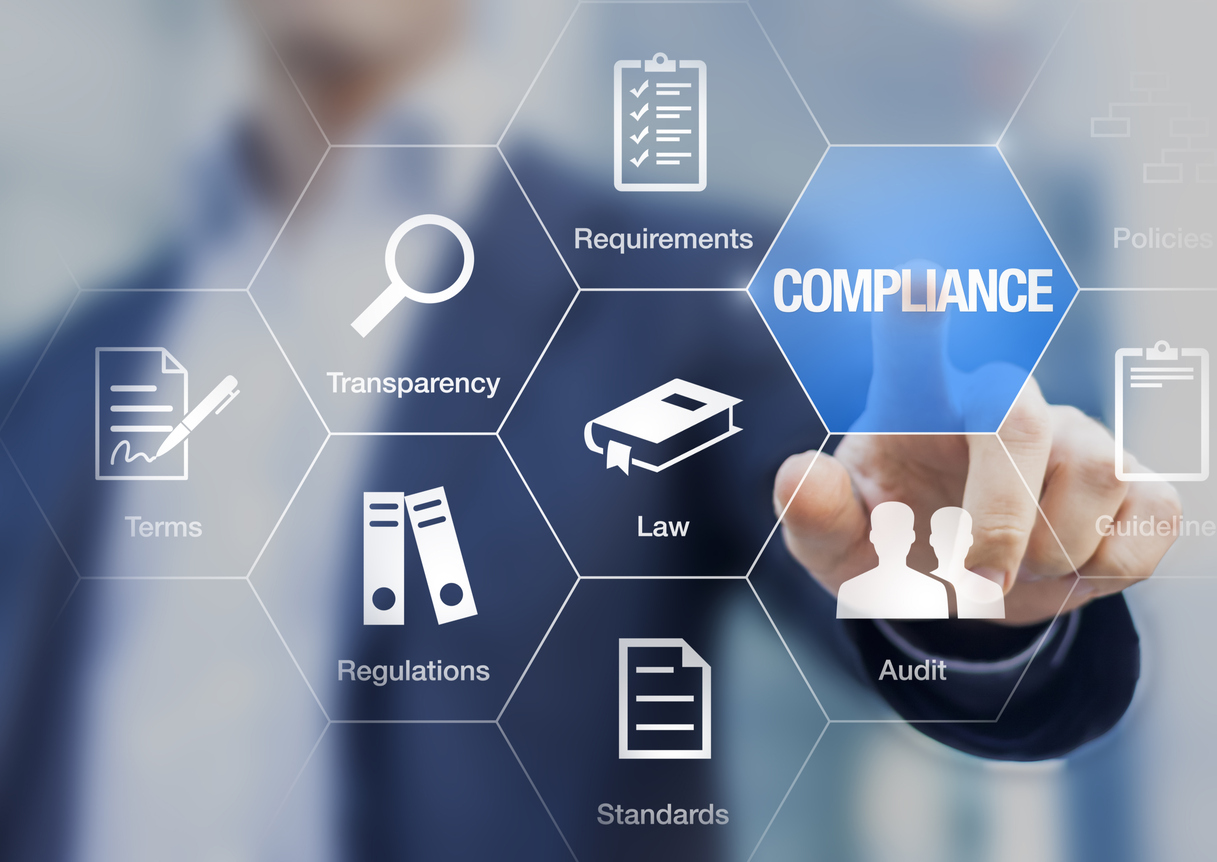WHAT ARE THE RESPONSIBILITIES OF THE PRRC?
The person responsible for regulatory compliance, permanently and continuously at disposal, shall at least be responsible for ensuring:
- the conformity of the devices is appropriately checked, in accordance with the quality management system (QMS) under which the devices are manufactured, before a device is released;
- the technical documentation and the EU declaration of conformity are drawn up and kept up-to-date;
- the post-market surveillance obligations are complied with in accordance with Article 10(10) of MDR and Article 10(9) of IVDR;
- the reporting obligations referred to in Articles 87-91 of MDR and Articles 82-86 of IVDR;
- in the case of investigational devices, the statement referred to in Section 4.1 of Chapter II of Annex XV of the MDR and Section 4.1 of Annex XIV of the IVDR.
The Manufacturer or Authorized Representative may appoint more than one PRRC. In this case, their respective areas of responsibility shall be put down in writing.
WHAT ARE THE QUALIFICATIONS OF THE PRRC?
Article 15(1) of both MDR and IVDR require the PRRC to have either:
- A diploma, certificate or other evidence of formal qualification, awarded on completion of a university degree or of a course of study recognized as equivalent by the Member State concerned, in law, medicine, pharmacy, engineering or another relevant scientific discipline, and at least one year of professional experience in regulatory affairs or in quality management systems relating to medical devices or in vitro diagnostics.
- 4 years of professional experience in regulatory affairs or in quality management systems in the medical device or in vitro diagnostic device fields.
The MDCG Guidance 2019-7 specifies that the professional experience in regulatory affairs or quality management should be related to the EU requirements in the field. Additionally, for manufacturers located outside the EU, it must be assumed that the PRRC should also be located outside the EU. On the other hand, for manufacturers located in the EU, it must be assumed that the PRRC should also be located in the EU.
It is important to note that the PRRC does not replace the manufacturer’s European Authorized Representative (EC REP) as these are two separate roles with different responsibilities and obligations under the MDR and IVDR.
The PRRC appointed should be an employee of the organization. Micro and small enterprises, e.g., with fewer than 50 full-time employees and less than €10 million in global sales are not required to have the PRRC within their organization and can outsource this role to a third party, while ensuring that such person is permanently and continuously at their disposal.
If you wish to know more information about the EU Medical Device Regulation (EU MDR) and the EU In Vitro Diagnostic Device Regulation (EU IVDR) feel free to contact us at info@criticalcatalyst.com.
References:
- Regulation (UE) 2017/745, on medical devices
- Regulation (UE) 2017/746, on in vitro diagnostic medical devices
- MDCG 2019-7 – Guidance on Article 15 of the Medical Device Regulation (MDR) and in vitro Diagnostic Device Regulation (IVDR) regarding a ‘person responsible for regulatory compliance’ (PRRC)















